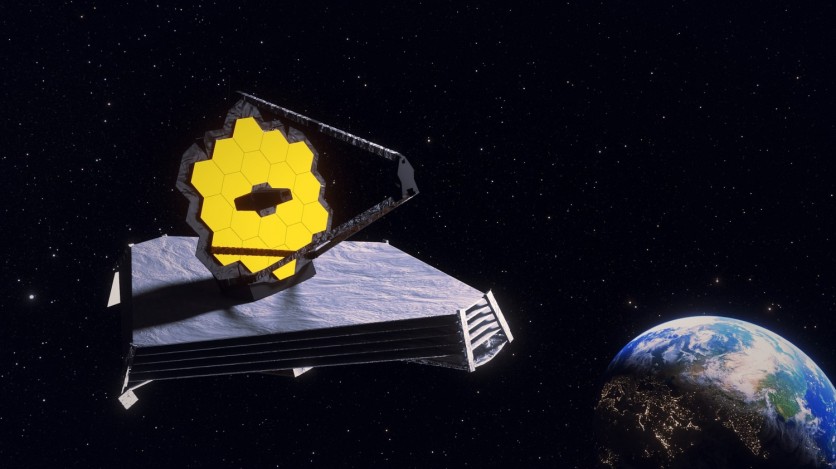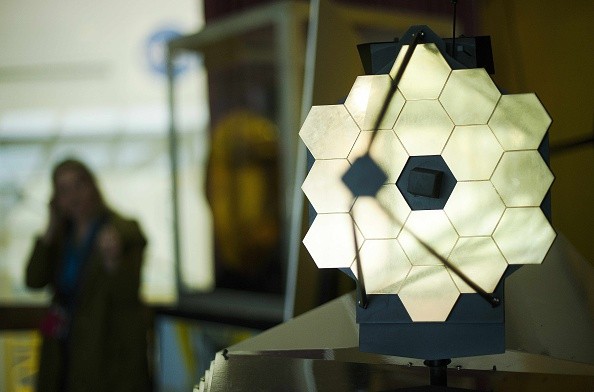NASA's James Webb Space Telescope was previously hit by a micrometeoroid. Because of this, the space agency's advanced space telescope was permanently damaged.

After the close encounter with some tiny space rocks, six deformations were identified in JWST's primary mirror panels. NASA was able to detect these damages after using the telescope's own sensors.
"Each micrometeoroid caused degradation in the wavefront of the impacted mirror segment, as measured during regular wavefront sensing," said NASA via SkyNews.
NASA James Webb's Permanent Damage Not a Big Deal?
According to Mashable's latest report, various sources made a huge fuss over the damage experienced by NASA's James Webb Space Telescope.

Also Read : NASA James Webb Space Telescope Snaps 'Great Red Spot' of Jupiter With New Breathtaking Photos!
Some of them claimed that the effects of JWST's close encounter with the micrometeoroids can reduce the performance of the giant space telescope.
If you ever read some of the headlines saying that the damages are severe, then disregard them since NASA already clarified that the effects of the micrometeoroids on the James Webb Space Telescope are not a big deal.
Aside from the international space union, ESA (European Space Agency) and CSA (Canadian Space Agency) also concluded that JWST is still as efficient as before.
They added that even though the space telescope has some damage, it is still fully capable of capturing more astounding images of the universe.
This simply means that NASA's advanced JWST is in great shape.
NASA's Plans for JWST
As of writing, NASA still has lots of plans for its advanced James Webb Space Telescope. These include capturing images of stars and galaxies that were formed around 13 billion years ago.
NASA's JWST will also be used to peer at the cosmos in infrared light. This will allow NASA to see parts of the universe that were not visible to other telescopes, including the Hubble Space Telescope.
Aside from the two mentioned goals, NASA will also use the James Webb Space Telescope's specialized equipment called spectrometers to decipher molecules.
Thanks to this, JWST can identify if an exoplanet has its own carbon dioxide, water, as well as methane, which are important factors of life.
Recently, NASA's James Webb Space Telescope captured the Southern Ring Nebula.
On the other hand, Americans claimed that JWST is a good investment.
For more news updates about NASA JWST and other advanced space telescopes, always keep your tabs open here at TechTimes.
Related Article : NASA James Webb Suffers from Permanent Damage After Micrometeoroid Encounter‚ Still Functional?
This article is owned by TechTimes
Written by: Griffin Davis
ⓒ 2025 TECHTIMES.com All rights reserved. Do not reproduce without permission.




